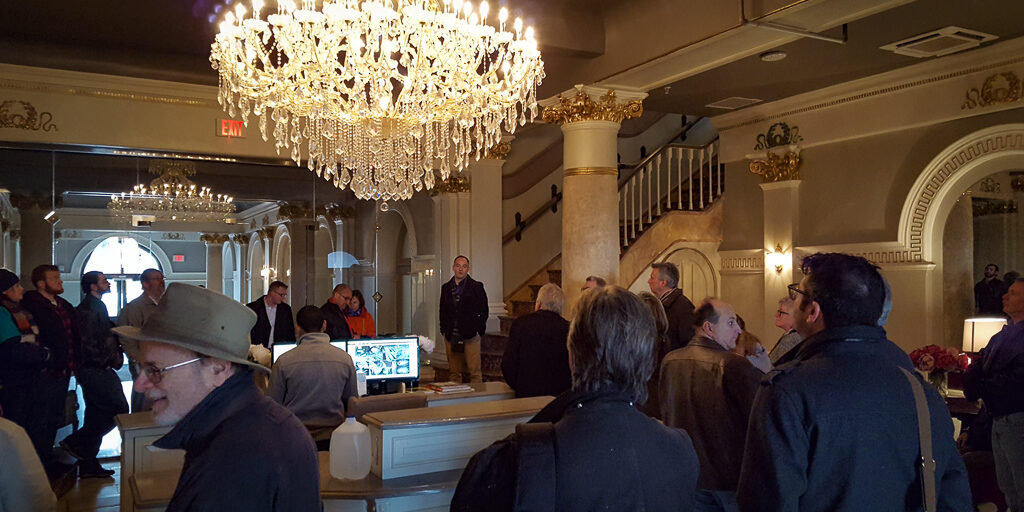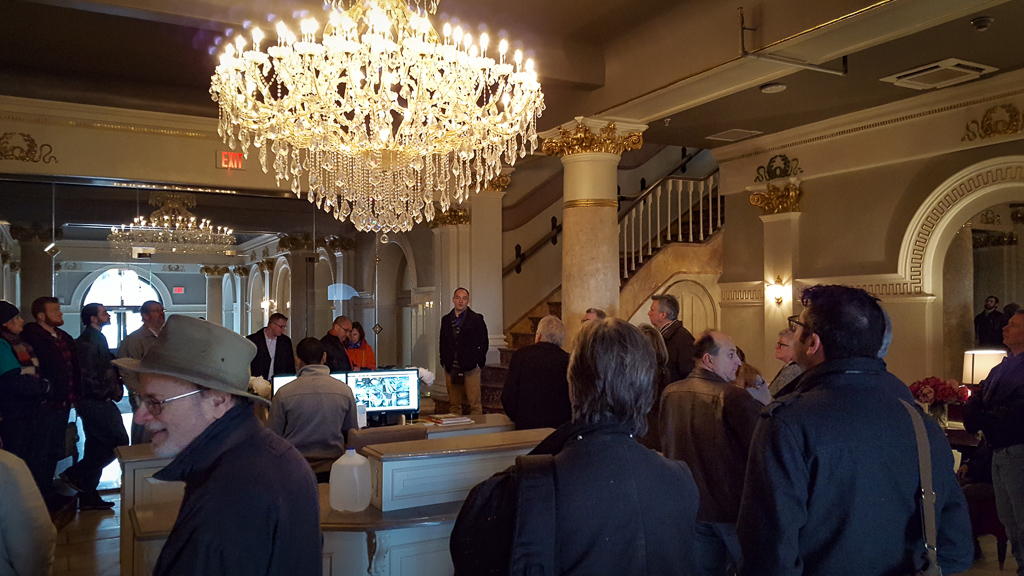
In March 2019, thanks to coordination by SCA President, Michael Hirsch and Retro Roadmap’s, Mod Betty (aka Beth Lennon), SCA members were treated to a tour of three historic buildings situated north of Philadelphia’s City Hall – the Studebaker Building, the Divine Lorraine Hotel and the spectacular Philadelphia Metropolitan Opera House.
In March 2019, thanks to coordination by SCA President, Michael Hirsch and Retro Roadmap’s, Mod Betty (aka Beth Lennon), SCA members were treated to a tour of three historic buildings situated north of Philadelphia’s City Hall – the Studebaker Building, the Divine Lorraine Hotel and the spectacular Philadelphia Metropolitan Opera House.
Bringing Back Broad
On North Broad Street in Philadelphia, Pennsylvania, the majestic architecture from the turn of the twentieth-century has been hiding in plain sight for decades. Suffering from neglect, failing economies, and the inevitable growth and change in a large city, many historic buildings situated north of City Hall have come dangerously close to destruction. But today there is more than a glimmer of hope—instead there are neon beacons in the sky letting Philadelphia know, North Broad is back.
Developer Eric Blumenfeld is leading that charge with multiple restorations in the area, particularly the Divine Lorraine Hotel, the Studebaker Building, and the Philadelphia Metropolitan Opera House. In March of this year SCA members were treated to a tour of all three locations, thanks to coordination by SCA President, Michael Hirsch and Retro Roadmap’s, Mod Betty (aka Beth Lennon). Tourgoers started their journey at the Studebaker Building, now showcasing its original brick façade, then they heard the history of the Divine Lorraine and its renovation while viewing the opulent marble lobby, and finally experienced “The Met” in VIP style, visiting the enormous backstage as well as the theater—from front row to balcony.

Studebaker Building
North Broad Street was once home to Philadelphia’s “Automobile Row”. Auto-related businesses lined the stretch north of City Hall and among them a Studebaker showroom, a compilation of three-story buildings unified by a new storefront in the 1920s. Neon signs collected on the façade to bring attention to the brand, services, and owner, and temporary signs shouted the praises of the wares found within. But before long, Automobile Row moved to larger lots and the buildings were left to find other uses.
In 1963 the exterior of the previous Studebaker building, earlier adorned with large wooden brackets, brick piers, and oversized windows, received a complete makeover by architects Kremer & Kremer. Vertical glass panels in a progression of colors covered the building’s façade and reinvented the structure in a showstopping, modern style—unrecognizable as the same location. This is how the building remained for decades until Eric Blumenfeld purchased it in 2015. He has since returned the brick façade and stately wooden brackets, along with the vertical, neon Studebaker sign, to remind Philadelphia about one slice of North Broad’s history.

Divine Lorraine Hotel
On the next block, the 10-story Divine Lorraine was built in 1892-94 and originally constructed as apartments. In 1900 it transitioned to use as a hotel and in 1948 Father Divine (Reverend Major Jealous Divine), leader of the Divine Peace Mission Movement, purchased the building and renamed it The Divine Lorraine Hotel.
Functioning as the headquarters for the Peace Mission’s businesses, worship, and social welfare activities, it provided income as well as opportunity for his racially diverse congregation. Preaching civil rights and integration, the hotel was well-positioned in an active and changing area of the city. The International Peace Mission sold the building in 2000 and it quickly began to degrade. Abandoned and suffering from the removal of materials and historic features, many feared the damage would result in a complete loss of the structure.
In 2012 Eric Blumenfeld purchased the building and developed a plan to return it to use. Plans were approved in 2015 and it currently functions as a luxury apartment building with first-floor, commercial space on the horizon.

The Met Philadelphia
Two blocks away, The Philadelphia Opera House, built in 1908 by theater impresario Oscar Hammerstein I, was also in a state of decay. The theater had changed hands multiple times during its first decades, following the current trends of entertainment—opera, movies, radio broadcasts, it even functioned as a sports arena briefly. Then, like many theaters, it transitioned to religious use.
From the mid-1950s into the 1980s it functioned as a religious meeting place, then remained vacant for almost a decade. In 1996 Holy Ghost Headquarters Church purchased it and utilized the space while working tirelessly to stabilize the failing building.
From 2012-2017 Eric Blumenfeld established agreements with the church and Live Nation to complete renovations and return the historic theater to its original use. As part of that agreement, the church can still use the space they worked so hard to preserve for their Sunday services.
The Studebaker Building, The Divine Lorraine, and The Met have brought a hum of activity and the glow of neon back to North Broad Street. New restaurants, special event venues, and other residential buildings are appearing in the surrounding blocks adding to the renewed energy, including the renovation of other nearby historic buildings—much to the delight of preservationists and building lovers everywhere.
[ultimate_carousel slides_on_desk=”3″ slides_on_tabs=”1″ slides_on_mob=”1″]
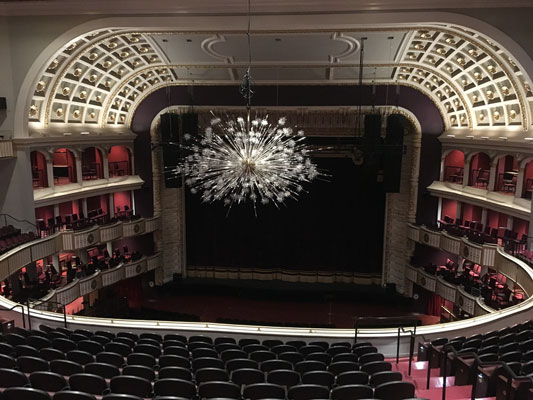
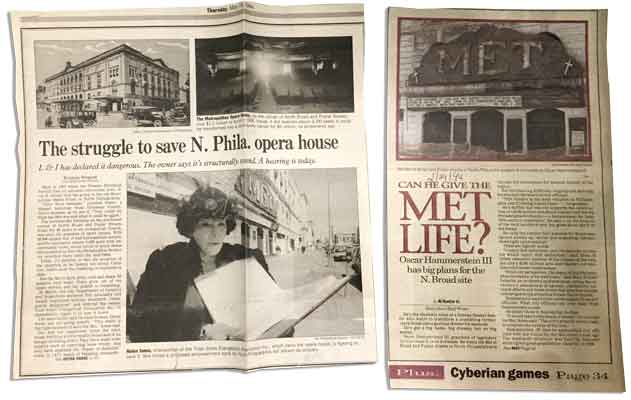
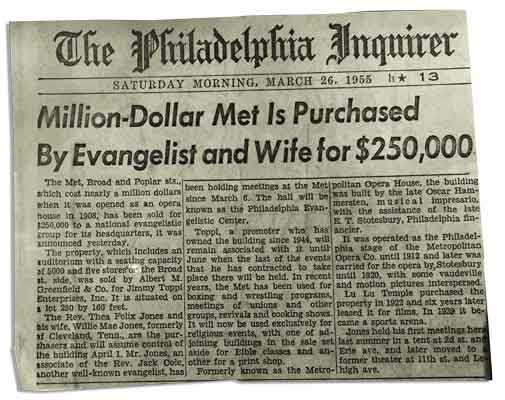
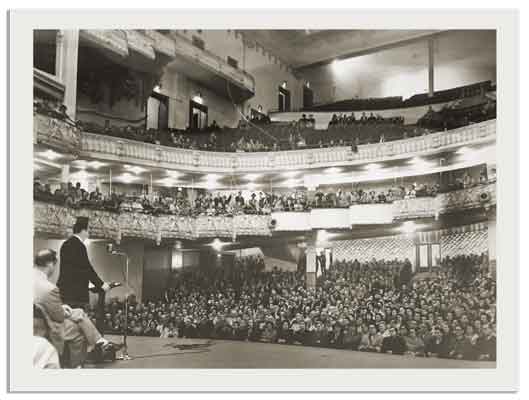
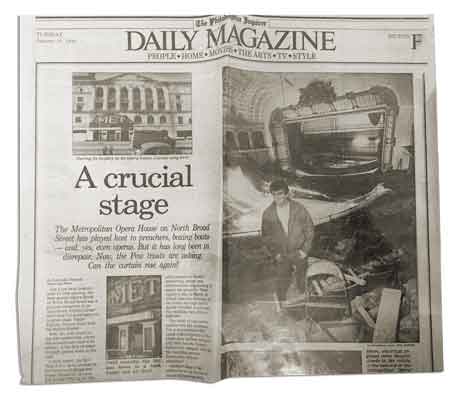
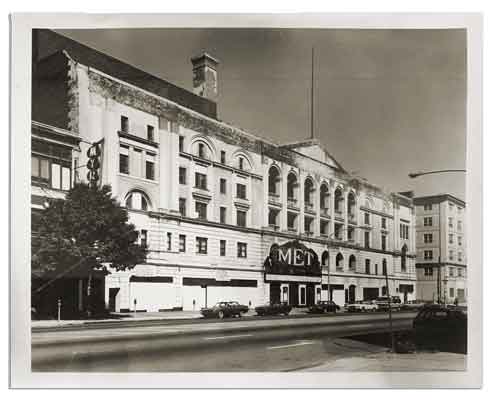
More Information
Exclusive: The Divine Lorraine Lobby Restored, in Before-After Photos. Melissa Romero. Curbed: Philadelphia.
Holy Ghost Headquarters: That Old, Refined Spirit Returns to North Broad Street. Nathanial Lee. The Philadelphia Tribune.
Congregations Sell Their Deeds in Order to Survive. Kristin E. Holmes. The Philadelphia Inquirer.
Music to Return to the Met in Fall 2018. Sandy Smith. BizPhilly.
The Divine Lorraine’s Iconic Signs Light Up Again After 4 Decades. Melissa Romero. Curbed: Philadelphia.
The Divine Lorraine Hotel, Philadelphia, PA. Kingston Lounge.
A Studebaker Showroom Returns to North Philadelphia, This Time Without the Cars. Inga Saffron. The Philadelphia Inquirer.
A special thank you to Christopher Cordaro from EB Realty Management Corp. for the tour. Sources: Tour handout (credit Beth Lennon), The Free Library of Philadelphia, Curbed Philadelphia, Hidden City, Philly.com, Powers & Co., and Wikipedia.


